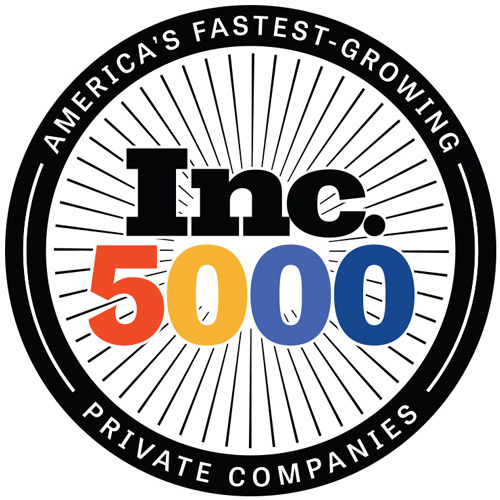Understanding the Manufacturing Process: A Deep Dive into Steps and Types
- PM
- March 18, 2024
- Edited March 18, 2024
Table of Contents
In today’s fast-paced world, creating products efficiently and effectively is more critical than ever. From the smartphone in your pocket to the chair you’re sitting on, every item has gone through a fascinating procedure before reaching your hands. This post aims to illuminate the manufacturing process, breaking down its various steps and types. By the end of this exploration, you’ll have a clearer understanding of how raw materials transform into the products we rely on every day.
The Essence of Manufacturing: A Closer Look
At its core, the manufacturing process is about converting raw materials into finished goods. This transformation occurs through a series of steps that may vary depending on the product and the industry. However, certain fundamental stages are common across most manufacturing scenarios. Let’s delve into these steps and discover how they contribute to the creation of products.
Design and Prototyping
Before anything takes shape, it starts with an idea. Design is the initial phase where concepts are drawn and specifications are determined. Here, creativity meets functionality to conceive a product that meets market needs. Following design, prototyping brings these ideas to life, allowing manufacturers to test and refine their products before mass production begins. This step is crucial for identifying potential issues and ensuring the final product is as perfect as possible.
Material Selection and Sourcing
After the design is set, the next step is choosing the right materials. This decision hinges on factors like cost, durability, and sustainability. Once the materials are selected, sourcing comes into play. This involves finding suppliers who can provide high-quality materials at a reasonable price. Efficient sourcing is vital for keeping production costs down and ensuring the product remains competitive in the market.
Production
With designs in hand and materials sourced, we move to the heart of the manufacturing process: production. This stage transforms raw materials into the final product through various methods. Production can involve cutting, shaping, assembling, and a host of other techniques. The goal here is to produce a high-quality product efficiently, which requires precise machinery and skilled labor.
Quality Control
Quality control is the guardian of standards within the manufacturing process. At this stage, products undergo rigorous testing to ensure they meet the established criteria. This step is crucial for maintaining the trust of consumers and avoiding costly recalls. Through inspections, testing, and monitoring, manufacturers strive to ensure that every product leaving the factory is up to par.
Packaging and Distribution
The final step before a product reaches the consumer is packaging and distribution. Effective packaging not only protects the product but also serves as a marketing tool. Distribution then ensures that these well-packaged goods reach their intended destinations, from local stores to international markets. Efficient logistics are crucial for delivering products on time and keeping customers satisfied.
Exploring the Types of Manufacturing Processes
Now that we’ve covered the steps let’s look at the different types of manufacturing processes. Each type is suited to different products and scales of production.
Job Shop Manufacturing
This type is all about customization. Job shops handle small orders and often produce unique or specialized products. Think of a custom furniture workshop or a machine shop that creates bespoke parts. Flexibility is the key advantage here, allowing for a wide range of products under one roof.
Batch Production
Batch production is a step up in scale, where groups of similar items are produced together. This method balances efficiency with flexibility, making it ideal for manufacturers who produce a variety of products in limited quantities. Examples include bakeries or clothing manufacturers that produce seasonal collections.
Mass Production
For products in high demand, mass production is the way to go. This process focuses on creating large volumes of a single product. The use of assembly lines and automation makes mass production efficient and cost-effective. Automobiles, electronics, and consumer goods are typically produced this way.
Continuous Production
At the extreme end of scale and efficiency is continuous production. This process is used for products that must be produced continuously, like chemicals, paper, and certain food products. Continuous production systems operate 24/7, ensuring a constant output of goods.
Wrapping Up: The Big Picture of Manufacturing
The manufacturing process is a complex ballet of creativity, precision, and efficiency. From the initial spark of an idea to the delivery of a finished product, each step plays a crucial role in bringing goods to market. Understanding the nuances of this process helps us appreciate the effort behind the everyday products we often take for granted.
Moreover, the diversity in manufacturing types shows there’s no one-size-fits-all approach. Each method has its advantages, tailored to the demands of different products and markets. As technology evolves and consumer preferences shift, the manufacturing landscape will continue to adapt, embracing new challenges and opportunities.
In conclusion, the manufacturing process is the backbone of our material world, turning raw materials into the products that enrich our lives. It’s a testament to human ingenuity and the relentless pursuit of efficiency and quality. As consumers, gaining insight into this process can deepen our appreciation for the products we use daily, reminding us of the intricate journey from concept to creation.
Read More:
Quality Control in Pharma Manufacturing

Jessica R.
Jessica is a seasoned GMP compliance consultant and technical writer specializing in pharmaceutical manufacturing, data integrity, and quality assurance. With over 12 years of experience working with global pharmaceutical firms, Jessica brings deep industry insights into FDA, EMA, and MHRA regulations.


